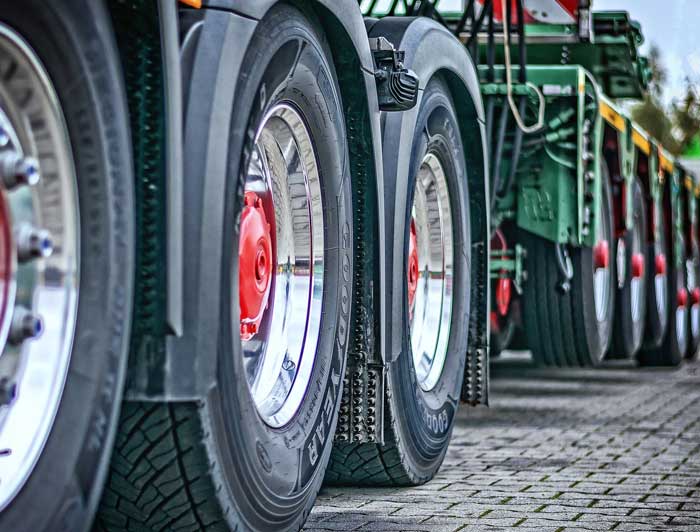
Understanding a Class A CDL vs a Class B CDL
Which Commercial Driver's License is Best for you?
Not all Commercial Driver’s Licenses (CDLs) are the same. Two of the most common types of licenses are a Class A CDL and a Class B CDL. The different classes of a CDL allow you to drive different types of commercial vehicles. Determining which Commercial Drivers License is best for you, is your first step before beginning your CDL training.
What is a Class A CDL?
Getting a Class A CDL allows you to become a professional, over-the-road truck driver. This entitles you to operate a combination of vehicles such as a semi-tractor and trailer for both interstate and intrastate travel. Special endorsements can be obtained for hauling specific types of cargo, such as hazardous materials.
Having a Class A CDL allows you to haul the following:
- A gross vehicle weight rating (GVWR) of 26,001 pounds or more
- A trailer that weighs 10,000 pounds or more
The following types of vehicles may be driven with a Class A:
- Tractor-trailer, also known as a semi, big rig or 18-wheeler
- Truck and trailer combinations, including double and triple trailers
- Tractor-trailer buses
- Tanker vehicles
- Flatbed vehicles
- Most Class B and Class C vehicles, depending on endorsement requirements
What does a Class A course entail?
Our Class A CDL course is 180-hours long. It includes classroom training, during which you will learn about the vehicles, truck safety, laws and CDL basics in our state-of-the-art classroom. Outside of the classroom, you will get practice on our driving range, where you will learn details about such things as speed control and blind parallel parking. The last part of your Class A CDL training is performed on public roads near our facility. This is when you will learn such skills as turning, cornering and merging.
What is a Class B CDL?
A Class B CDL is required if you are looking to drive a bus or a 26-foot straight truck. Obtaining a Class B CDL allows you to get such jobs as a bus driver, local delivery driver or dump truck driver.
Having a Class B CDL allows you to drive the following:
- A single-vehicle weighing 26,001 pounds or more without a trailer
- Operate any vehicle towing a trailer that weighs less than 10,000 pounds
The following types of vehicles may be driven with a Class B:
- Straight trucks
- Large buses, such as city buses, tourist buses, and school buses
- Segmented buses
- Box trucks, including delivery trucks and furniture trucks
- Dump trucks with small trailers
- Some Class C vehicles with the correct endorsements
What does the Class B course entail?
The Class B CDL course at Georgia Driving Academy totals 70-hours, split between our state-of-the-art classroom, driving range and public roads. During the course, you will learn important aspects of operating a straight truck or motor coach, which include a pre-trip inspection, vehicle safety, air brakes, and backing maneuvers.
Is a Class A or Class B CDL right for you?
If you’re looking to drive a straight truck or a bus, then go for the Class B CDL. If you want to drive a big rig, which often results in making more money, then you’re going to have to go for the Class A CDL. With a higher earning potential, a Class A CDL is probably the better choice if you don’t have a preference about what kind of vehicle you want to drive.

